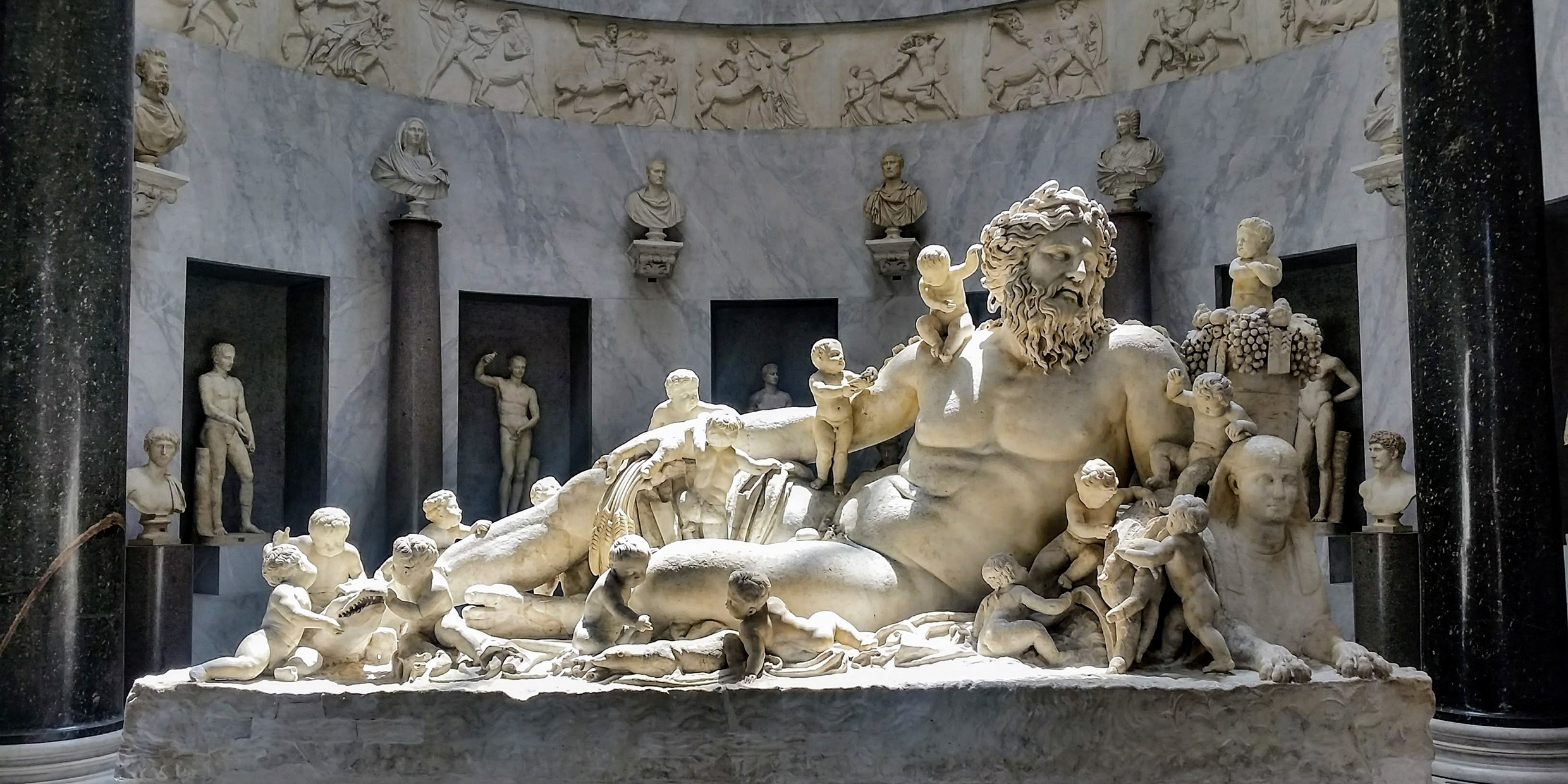Originally published 22 July 2007
Anthropologist Pascal Boyer thinks he knows what all supernatural beings — gods, ghosts, witches, fairies, and so on — have in common: They are optimal compromises between the interesting and the expected.
They have to be interesting or they wouldn’t be widely believed. What makes them interesting is some singular violation of the commonplace. Gods live forever. Ghosts walk through walls. Witches fly on brooms. Fairies live under the ground. Except for these exceptional features, supernatural beings are otherwise just like us. They have personalities. They think, they have emotions, they make choices.
The same is true of fairy tale creatures: Puss-‘n‑Boots, Harry Potter, Ents and Hobbits.
Boyer has devised what he calls a Catalogue of Supernatural Templates:
Persons can be represented as having counterintuitive physical properties (e.g. ghosts or gods), counterintuitive biology (many gods neither grow or die) or counterintuitive psychological properties (unblocked perception or prescience). Animals too can have all these properties. Tools and other artifacts can be represented as having biological properties (some statues bleed) or psychological ones (they hear what you say). Browsing through volumes of mythology, fantastic tales, anecdotes, cartoons, religious writings and science fiction, you will get an extraordinary variety of different concepts, but you will also find that the number of templates is very limited and in fact contained in the short list above.
There is nothing unfamiliar here. Anthropologists have long told us that animism — ascribing humanlike spirits or souls to non-human animals, plants or objects — is a universal prescientific way of understanding the world. Child psychologists have amply demonstrated that animism is the default worldview of children. The child who draws a face on the Sun is just doin’ what comes naturally.
The Yale University child psychologist Paul Bloom expands on this by offering his own method for creating a supernatural being:
- Start with the notion of an immaterial soul.
- Embody or modify it in some unusual way.
- Stir in interesting details.
Every god invented by humankind — and there have been thousands — falls under this rubric. Every god invented by humankind shares human characteristics: love, fatherly or motherly care, intention, anger, jealousy, retribution. As Voltaire said rather scornfully: God created man in his own image, and man promptly returned the favor.
Every religious person, of whatever faith, will of course assert that his or her god is not just more of the same; the Romans, for example, with their plethora of humanlike gods, considered the monotheistic Christians superstitious. When, after Constantine, Christians achieved prominence, they turned Roman superstition on its head. Now it was Zeus and his Olympian companions who qualified as superstitious “myths.” One person’s myth is an another person’s theology — and vice versa.
Bloom points out that there is a common disconnect between the “theologically correct” versions of whatever God or gods we worship and our intuitive notions of divinity. Most Jews and Christians, for example, will describe God as an omnipresent, formless, all-knowing, all-powerful deity, but psychological studies suggest that at a deeper intuitive level believers usually invest their deity with human characteristics. Psychologists Justin Barrett and Frank Keil queried adults in the United States and India about their religious beliefs. Respondents asserted that their god (God, Shiva, Krishna, Brahman, Vishnu) has no physical or spatial properties, is omnipresent, and can know everything at once, but further probing showed that most people imagine their divinity with human attributes and limitations.
Bloom writes: “For all of us, but particularly for children, there is a pull toward the human, a natural assumption that other entities will share our cognitive powers and bodily constraints. Many four-year-olds say a tulip can feel happy and can feel pain, and they think that elephants, snakes, ants, and even trees have beliefs. Our capacity for understanding intention has evolved to deal with people, and so we tend to extend a people-like analysis even to creatures whose powers are much weaker (tulips) or stronger (God).”
Behind this transference of humanlike qualities to supernatural beings is the notion of immaterial souls, selves that only temporarily reside in a physical body. Whether body-soul dualism is innate or culturally transmitted has not been fully established, but it is certainly true that almost everyone on the planet believes in immaterial spirits. There may be no more counterintuitive (or more thoroughly substantiated) discovery of modern science than the understanding that every aspect of personhood — cognition, emotion, self-awareness, memory, and so on — is inextricably embedded in flesh. The mind is what the brain does. Until, and when, we finally absorb this thoroughly revolutionary fact, we will continue to populate the world with humanlike gods and spirits — reducing whatever Mystery is worthy of our reverence to a human dimension.



